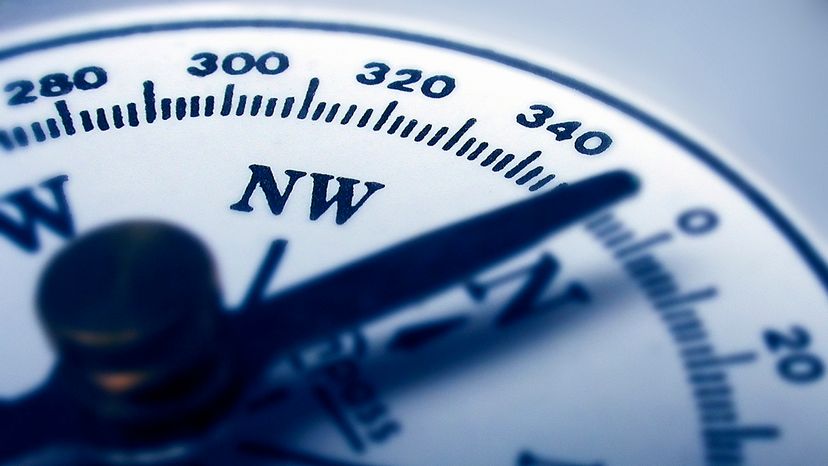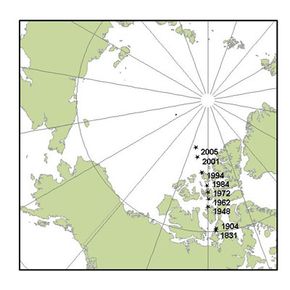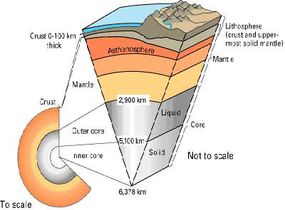Every several hundred thousand years, the north and south poles swap locations. Scientists can study when in Earth's geologic history this has happened by examining deep ocean sediment samples.
Rocks on the ocean floor retain traces of the field, similar to a recording on a magnetic tape. The last time the poles switched was 780,000 years ago, and it's happened about 400 times in 330 million years.
Each reversal takes a thousand years or so to complete, and it takes longer for the shift to take effect at the equator than at the poles.
The field has weakened about 10% in the last 150 years. Some people think this is a sign of a flip in progress, but there is limited scientific evidence to support this hypothesis. According to NASA, the Earth's electromagnetic field is "about as strong as it’s been in the past 100,000 years."
If a magnetic reversal were to occur, it's unlikely it would impact the Earth's climate. According to NASA, "there is no known physical mechanism capable of connecting weather conditions at Earth’s surface with electromagnetic currents in space." Additionally, fossil records from the last major pole reversal show that the Earth remained stable despite a weakened magnetic field.




